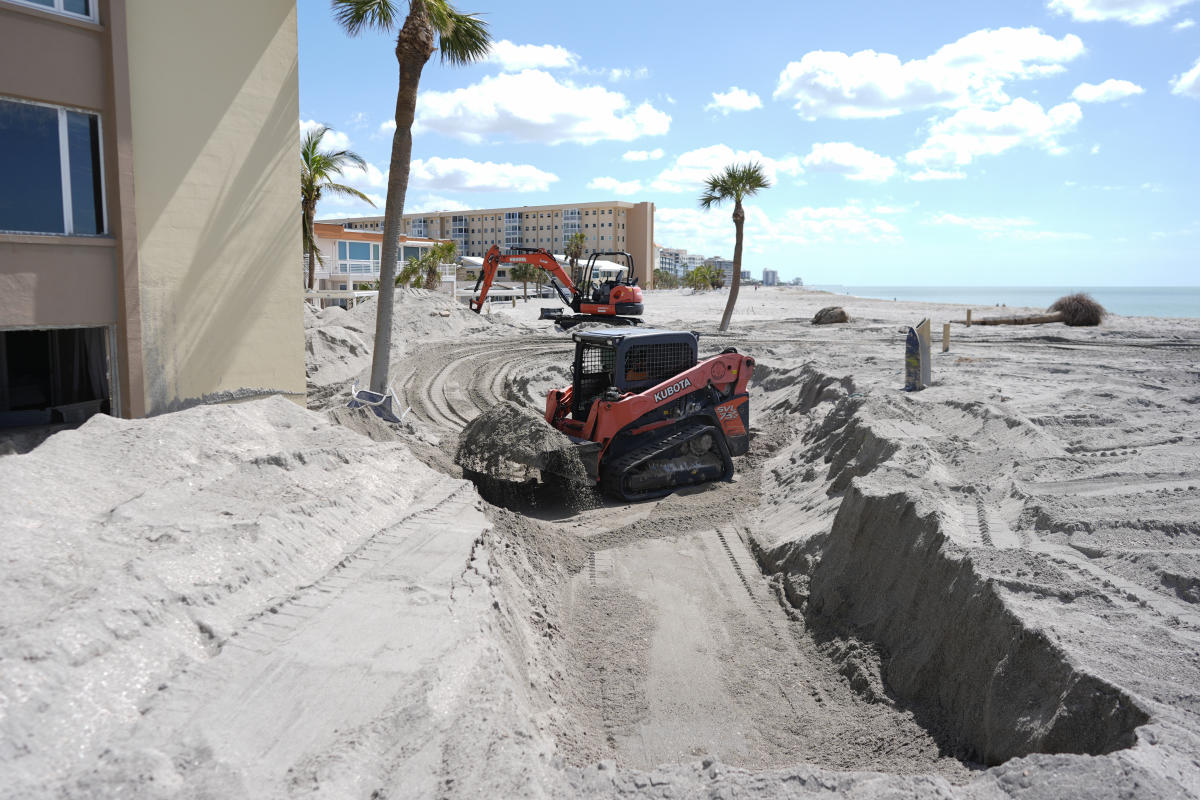
GOSHEN — The City of Goshen has finished its water line material inventory ahead of the deadline set by environmental regulators.
The inventory is the result of efforts since 2016 to identify the material of service lines that provide water to more than 10,000 customers, in order to meet requirements set by the Indiana Department of Environmental Management and the U.S. Environmental Protection Agency. Goshen submitted its comprehensive list to state agencies this week, ahead of Wednesday’s deadline, according to information from the city.
“This has been a considerable and widespread undertaking by our water, utilities and engineering personnel to ensure the federal deadline is met, our water service lines are safe and our neighbors are informed,” Mayor Gina Leichty said in the release. “The EPA provided us with an aggressive and comprehensive timeline, and our staff and partners rose to the challenge.”
A 2021 amendment to the lead and copper rule in the federal Clean Water Act added the requirement that municipal water providers conduct an inventory. More recently, the White House announced a 10-year goal to replace every lead pipe in the country.
Goshen’s water system dates back to the 1890s, though an even older, unused wooden water main is still buried underground. Historical documentation isn’t always available, so the inventory was put together using a combination of methods.
The first half of the water system was identified through utility record examination, home visits, self-reporting and online surveys. To learn the piping materials for the remaining service lines, the city contracted with Abonmarche Consultants to perform pothole excavations at 400 sample locations, which allowed crews to visually inspect both sides of the shut-off valve.
Through this effort, as well as the use of predictive analytics, the team will be able to assign a material probability to each unidentified service line with 95 percent confidence, according to information from the city.
Goshen regularly conducts targeted sampling of at-risk homes and has consistently found lead levels in drinking water below thresholds set by the EPA and IDEM. Goshen’s Water Utility continues to work on reducing any potential risks by updating its infrastructure, according to the city.
Longtime Water and Sewer Utility staff confirmed that while older sections of the city contain galvanized water service lines connected by small “goosenecks” – short, flexible lead pipe sections – they have never found full-length lead pipes. Under current law, there is no requirement to replace goosenecks due to their short length and low impact on water systems, according to the city.
The city is replacing goosenecks and galvanized steel service lines discovered during public works projects, such as road reconstructions or water main upgrades. As the inventory of service line materials progresses, city staff will use this information to make informed decisions on future infrastructure projects that maximize water system benefits while managing ratepayer and taxpayer funds, according to information from the city.
The city is also preparing to replace hundreds of aging galvanized service lines and lead gooseneck connectors in four north side neighborhoods. The estimated $9.1 million project is expected to start in spring.
A map showing the results of the inventory can be found at leadsafe-goshenindiana.hub.arcgis .com.
EMEA Tribune is not involved in this news article, it is taken from our partners and or from the News Agencies. Copyright and Credit go to the News Agencies, email news@emeatribune.com Follow our WhatsApp verified Channel




